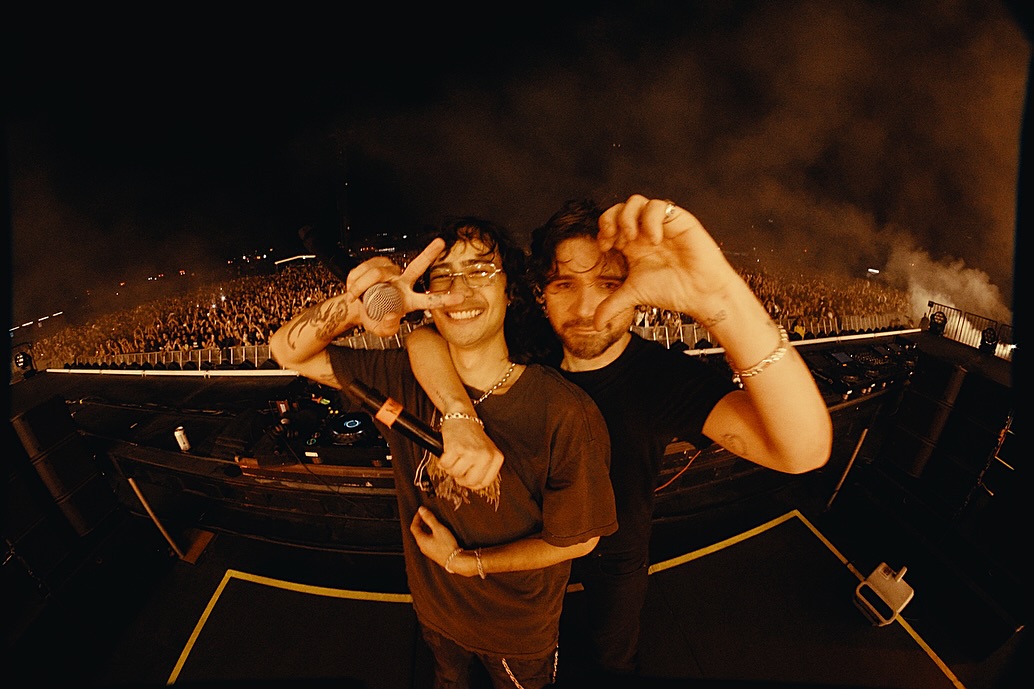The Legend of Zelda is one of Nintendo's premier franchises. Since the release of the first game in 1986. The series has charmed and enthralled audiences with its blend of action and fantasy adventure. Over the years, the franchise has also had several manga adaptations, covering both the core games and their many spin-offs and side-stories. However, the various manga adaptations never receive the love they deserve.
However, many of these manga are very hard to find, with most of them being exceptionally rare. Many were only published in magazines and never received collected releases. And of those that did receive collected releases, only a handful got an English translation. This means that a large proportion of Zelda's manga including Yuu Mishouzaki, Maru Ran and Daisuke Shigoto's vastly different retellings of the first game, Ataru Cagiva's extremely popular version of A Link To The Past and Junya Furusawa and Jin Munesue's Oath of Riruto spin-off are only available to hardcore collectors who can afford to shell out large prices for the few second-hand copies that lurk in bookstores or appear on eBay.
While most games get a single manga adaptation for every installment, Legend of Zelda games often get several adaptations, especially during the franchise's early years. These adaptations were created by different authors and artists and usually take vastly different approaches to the source material. However, among the officially translated manga sit many fantastic manga that every Legend of Zelda fan should read.
One of the earliest Legend of Zelda manga to receive a proper English release was based on 1991's The Legend of Zelda: A Link to the Past. Unlike any other Zelda manga, this was first published in the American Nintendo Power magazine in 1992. Then, in 1993, it received a collected release in both America and Japan, the latter of which retained the American layout. Another thing that stands out about this manga is the author, Shotaro Ishinomori.
Ishinomori is a manga legend, best known for creating series like Cyborg 009, Android Kikaider and The Road of Ryuu. He is also the creative force behind tokusatsu shows like Kamen Rider and Super Sentai, so seeing him producing a tie-in comic for American audiences is surprising. This manga retells the story of A Link to the Past in a slightly abridged manner. However, it is still fascinating to see Ishinomori take on the Zelda franchise, and it has a unique art style that looks like a charming and natural expansion of the game's sprites. In 2015, Viz Media re-released the manga, making this an easy-to-find must-read for both Zelda fans and Ishinomori lovers.
No discussion of Legend Of Zelda manga can be had without discussing the work of Akira Himekawa. Akira Himekawa is the joint penname of two manga creators, A. Honda and S. Nagano. This pair started working together in 1991, and they have made manga adaptations for eight Zelda games. Their first manga was based on The Legend of Zelda: Ocarina of Time. First released in 2000, this manga is an excellent microcosm of Himekawa's approach to Zelda manga. As it features a faithful retelling of the game's story with some added elements that build on and enhance the core story.
In 2001, Himekawa released their version of Majora's Mask. This manga tells the story of Majora's Mask in a gripping yet easy-to-follow way, which is quite an achievement due to all of the time-travel involved. The bonus side-story is fascinating, presenting Majora's history and explaining how and why Majora's Mask was created. This story actually answers some common questions asked by fans, and it slots perfectly into the game's world, making it feel less like a side-story and more like an essential piece of backstory for Zelda fans.
But Himekawa didn't restrict themselves to console games. They produced a manga adaption of the Game Boy Color games Oracle of Seasons and Oracle of Ages. Due to the Game Boy Color games being slightly less plot-heavy than the console games, these manga add many new characters. But these additions never feel out of place or forced, instead feeling like planned content cut from the game due to a lack of space on the cartridge.
Alongside these, Himekawa has also adapted Four Swords, Phantom Hourglass and the often-overlooked The Minish Cap, all of which are fantastic in their own right. In 2020, Viz Media released a Himekawa manga boxset that includes the improved Legendary Editions of the manga. This collection includes bonus artwork and new color pages and it is the best way to experience the team's epic retelling of the Zelda franchise, and it looks absolutely stunning on any bookshelf due to its beautifully designed chest.
But Himekawa didn't stop there. The pair also produced a prequel to Skyward Sword that expands on the events that set the game in motion, including explaining how Skyloft took to the sky. This whole manga was included in the Hyrule Historia art book and encyclopedia. Currently, Himekawa is working on an adaptation of Twilight Princess.
This manga began serialization in 2016, with the first volume released in 2017. This version of the story introduces a few new characters to the tale, including several young knights who have been training alongside Link. Volumes eight and nine of this series came out in Japan last year, and Viz Media plans to bring them to America this year, allowing fans to easily stay up to date with this epic adventure.
The Legend of Zelda franchise has timeless characters and fantastic worldbuilding and, because of this, it is as fun to read about as it is to play. Hopefully, other Zelda games will get the manga treatment in the future. We can also hope that some of the other Japanese adaptations will be translated and officially released in America so that fans can enjoy these varied and unique takes on the familiar stories they love.
About The Author

